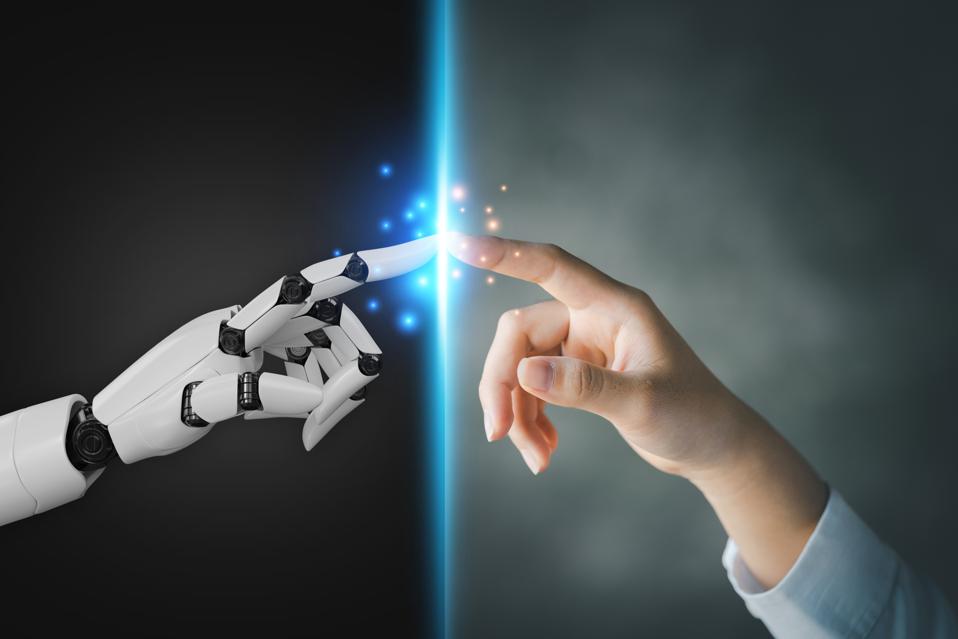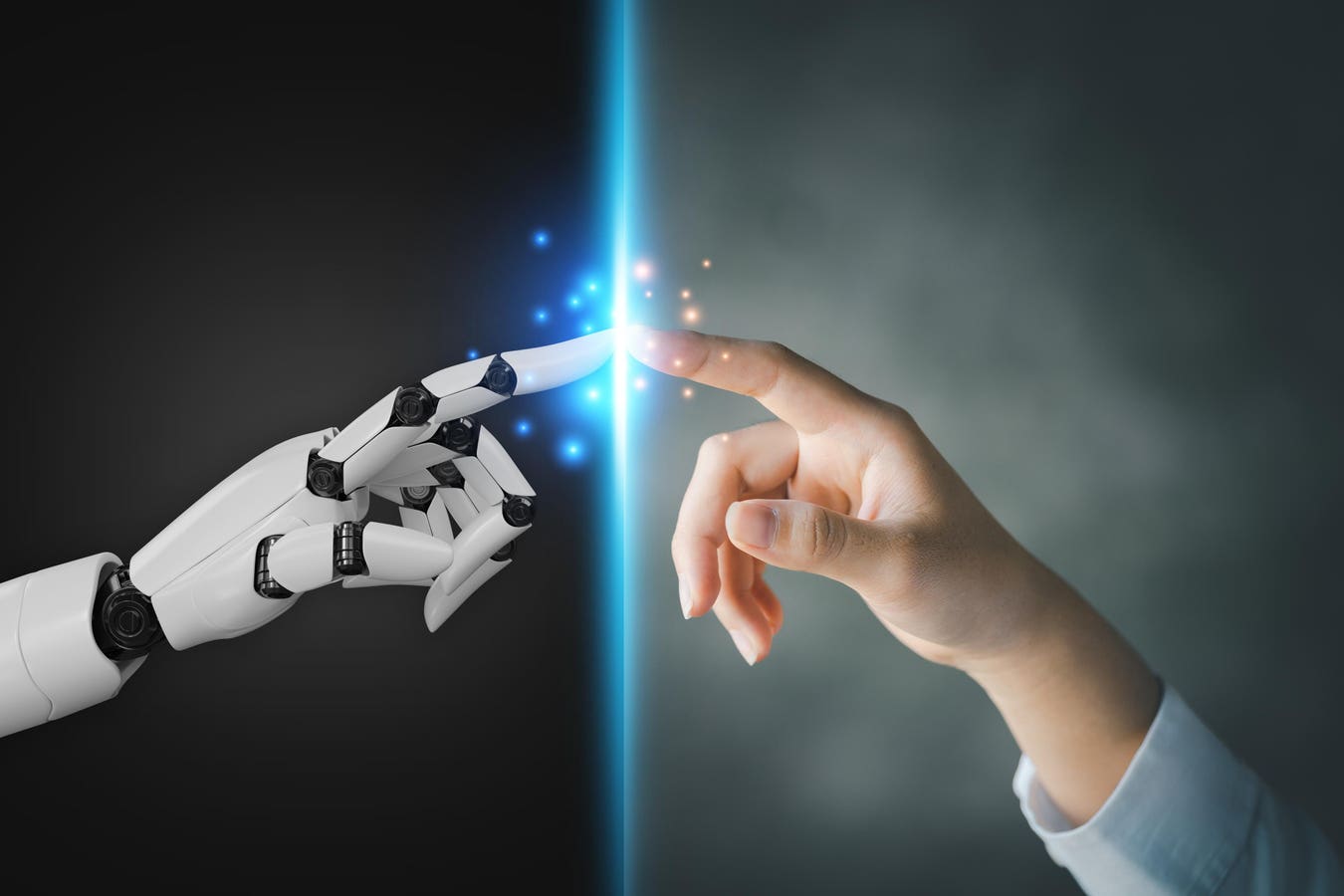
AI will eliminate specific roles, but it simultaneously spawns entirely new categories of employment.
getty
As I’ve watched the technology landscape evolve over four decades, few developments have sparked as much workplace anxiety as the rapid ascent of artificial intelligence. Since ChatGPT burst onto the scene in late 2022, I’ve fielded countless questions from executives, policymakers, and everyday workers about AI’s potential to eliminate jobs. But here’s what my years of analyzing tech trends have taught me: transformative technologies don’t just destroy—they create.
The AI employment narrative reminds me of every major technological shift I’ve witnessed. From the PC revolution to the internet boom to mobile computing, each wave brought dire predictions about job displacement. Yet history consistently shows us that while technology indeed eliminates specific roles, it simultaneously spawns entirely new categories of employment that we couldn’t have imagined beforehand.
Consider the e-commerce revolution—a perfect case study in this creative destruction. Yes, traditional retail has taken a significant hit, with brick-and-mortar stores closing and sales associate positions being eliminated. But zoom out, and you’ll see a more complex picture. The very forces that decimated retail created explosive growth in logistics, warehousing, and transportation. According to the Bureau of Labor Statistics, these sectors are expected to add 580,000 jobs by 2034, with warehouse workers and truck drivers in particular demand. Amazon didn’t just displace Main Street—it created an entirely new ecosystem of employment.
In-Demand jobs over the next ten years.
Statista
This pattern holds beyond tech-driven sectors. The most significant job growth projection does not stem from technological advancements, but rather from demographic realities.
Healthcare and social assistance are expected to dominate employment growth, accounting for 1.7 million new positions by 2034—representing nearly a third of all projected job creation. This surge isn’t about Silicon Valley innovation; it’s about baby boomers aging and chronic conditions becoming more prevalent. The numbers tell a compelling story.
Home health and personal care aides will experience the fastest growth of any occupation, adding 740,000 jobs over the next decade. Registered nurses, medical managers, and nurse practitioners also rank among the top occupations experiencing the most growth. These roles require distinctly human skills—such as empathy, physical care, and complex decision-making under pressure—that AI cannot replicate.
What strikes me most about this employment landscape is how it validates a principle I’ve observed throughout my career: technology amplifies human capabilities rather than simply replacing them. AI will undoubtedly automate routine tasks across industries, from data entry to basic customer service. However, it will also create demand for new roles that we’re only beginning to understand—AI trainers, algorithm auditors, and human-AI collaboration specialists.
The healthcare boom illustrates another crucial point about future employment: many of the fastest-growing jobs require human presence and emotional intelligence. You can’t provide compassionate care to an elderly patient or comfort a worried family through a chatbot. These roles demand the kind of nuanced human interaction that represents our most sustainable competitive advantage against artificial intelligence.
For business leaders and workers navigating this transition, the lesson is clear: focus on developing skills that complement rather than compete with AI. Critical thinking, creativity, emotional intelligence, and complex problem-solving will become increasingly valuable. The winners won’t be those who fear technological change but those who learn to harness it.
I’ve seen this movie before. The same anxieties that grip workers today existed when spreadsheets threatened accounting jobs and when word processors seemed to spell doom for secretaries. Instead, these tools freed humans to focus on higher-value work while creating entirely new employment categories.
The AI revolution will follow a similar script. Some jobs will disappear, others will be transformed, and completely new roles will emerge. The key is recognizing that technological disruption and job creation aren’t mutually exclusive—they’re two sides of the same coin.
As we stand at this technological inflection point, the most innovative approach isn’t to resist change but to understand it. The future belongs to those who can adapt, learn, and find ways to work alongside our artificial intelligence partners rather than in competition with them.

